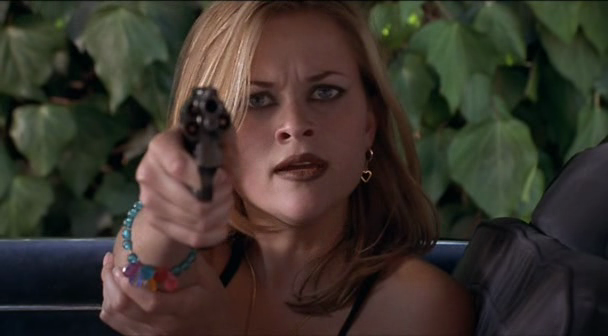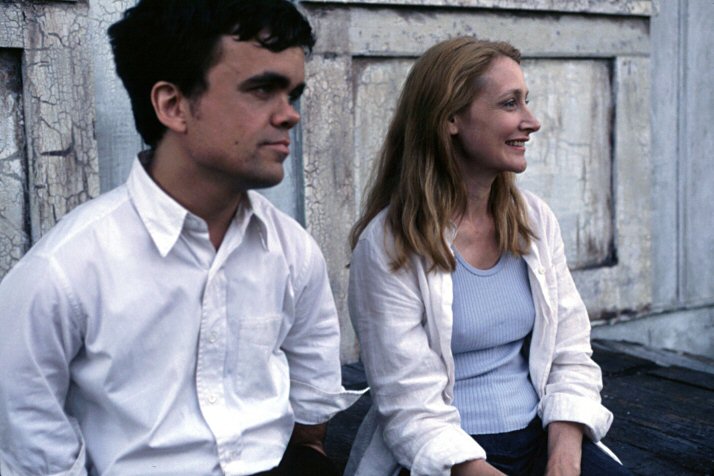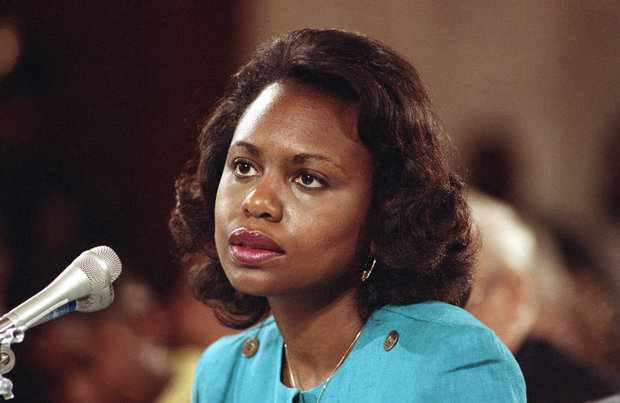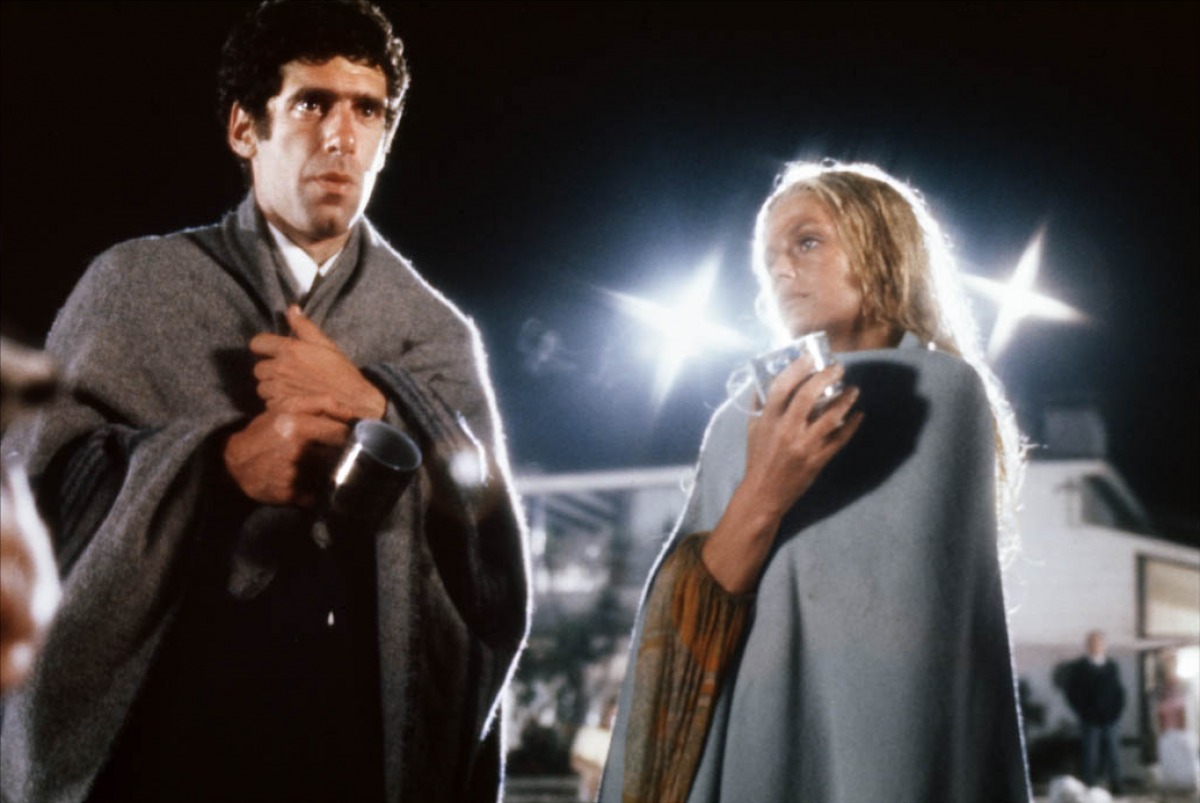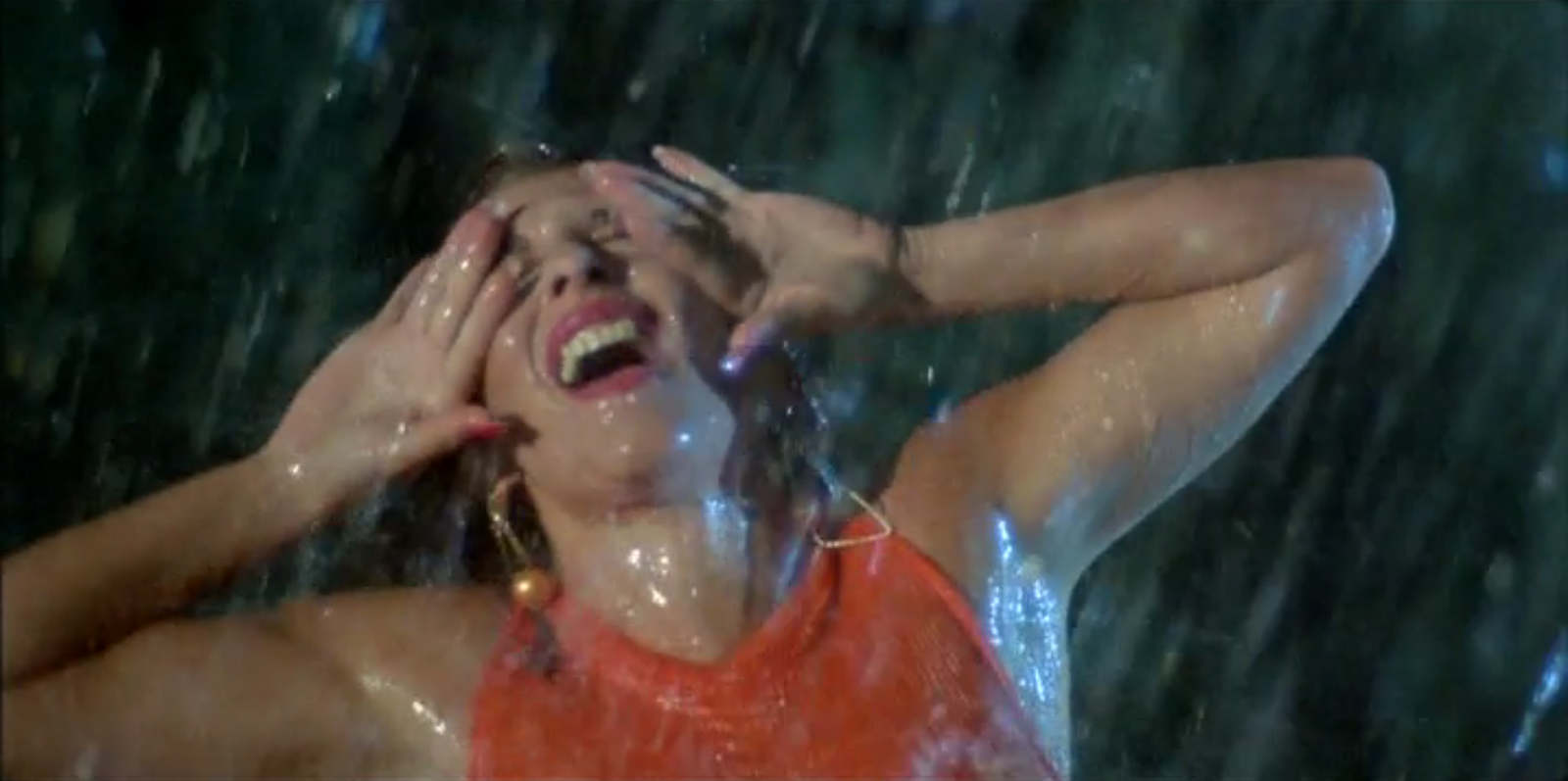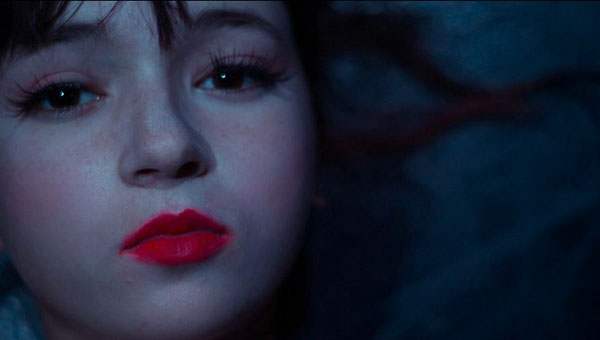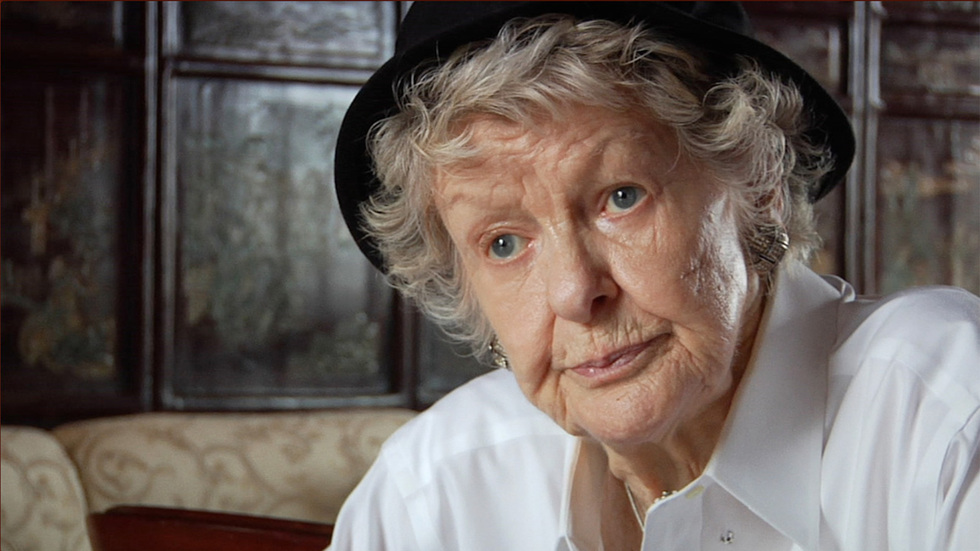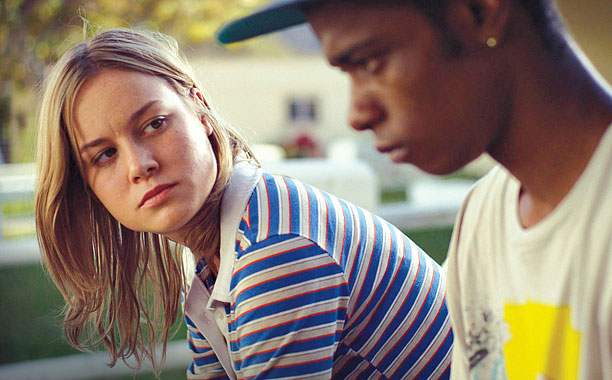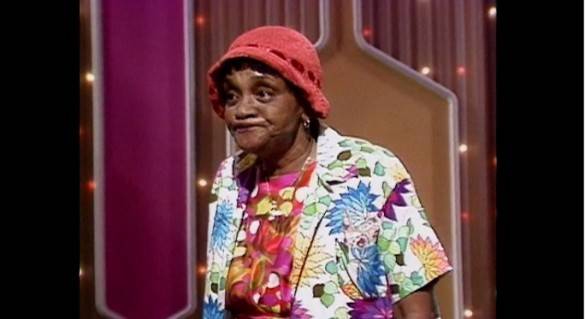People of color are often omitted from historical dramas (except to play slaves or servants) with the rationale that it’s not “realistic” to have them in the cast. We can see through this excuse in the historical dramas in which casting people of color would match the story being told, but white people still have the biggest roles in–and sometimes even make up the entire cast of–the film, as in the recently released Noah. Historical “realism” is also not always what we think it is: literature and visual art through the ages confirm that people of color who weren’t slaves, like Alexandre Dumas the author of The Three Musketeers, have been in Europe for as long as people have lived there. We need to see more of their stories onscreen.
Director Amma Asante, in her second feature, Belle tells the based-on-fact story (the script is by Misan Sagay) of a young biracial girl, whose Royal Navy Admiral father (Matthew Goode) takes her to the family estate just outside of London, so his great-uncle’s family and servants can raise her in late-18th-century, upper-class luxury her father says is “due to her.”
The girl, Dido, grows into a beautiful young woman (Gugu Mbatha-Raw in a star-making turn), wearing the finest dresses, often the same cut (with the outrageously low necklines and the upward thrust of breasts typical of the period–like a Maxim cover gone out of control) but in a different shade from those of her blonde, white cousin and companion Elizabeth (Sarah Gadon). Dido carries her father’s last name, and, when he dies, inherits a £2,000 annuity which, as Elizabeth points out, makes her an heiress. But Dido is not allowed to eat dinner with the family–or the servants, because, as her great-uncle, Lord Mansfield (Tom Wilkinson) tells her, neither situation would be “correct” for a woman of her color and social standing.
Dido’s isolation increases when her aunts take the initiative in finding a rich husband for her cousin who, because her father has remarried, has no dowry. Lord Mansfield hands the house keys to Dido and explains that since no gentleman will marry her (because of the color of her skin) and because of her social standing she cannot marry a man who isn’t a gentleman, she can soon replace her “spinster” Aunt Mary (Penelope Wilton) as the caretaker of the house.

During the family’s stay in London, Dido does attract suitors, for her beauty, charm and for her money. Fans of Jane Austen may see some parallels with her work, especially in Dido’s initial fraught interactions with John (Sam Reid), the vicar’s abolitionist son. Belle fails to give the same sense, as the best adaptations of Austen do (like 1995’s Persuasion) of the death grip manners and custom combined with the mores and opinions of their families and social circle had on women, especially young women, at that time (and the film takes place some decades before the works of Austen do). The film pays little attention to the necessity of a young man and a young woman of courting age to always have a chaperone present, a tradition that survives today in some strict religious communities in which the prospective bride and groom spend hardly any time alone together before they are married.
We see the reason for chaperones when Dido is alone with the loathsome older brother of the penniless gentleman who wishes to marry her. The brother manhandles her as he tells her how disgusting he finds her, and then, out of the camera’s range, seems to sexually assault her. This scene is the only part of the film that, at that time of strict sex segregation among unmarried, unrelated gentry, shows how privileged, white men felt free to sexually prey on women of color. Although the film makes clear that Dido’s father loved her mother, the implications of his meeting her on a Spanish slave ship are disturbing: the mother is never called a slave, so we can infer Dido’s father never owned her (unlike Thomas Jefferson and Sally Hemmings, the mother of his children who were born into slavery) but the relationship (while not rape, as it would be between a slave and owner no matter how much one “loved” the other) would still be an abuse of power if Dido’s mother worked for her father as a paid servant, as Mabel (Bethan Mary-James), the Black maid at the family’s London house, does.

The customs and mores of the present day always corrupt the “realism” of costume dramas: the well-scrubbed faces and bodies of the actors belying the fact that daily bathing is a relatively recent innovation, their clothes, in the days before dry-cleaning are spotless (in very early silent films we see stained clothes–over a hundred years after the events of Belle take place–were the norm), their accents in 18th century England are an anachronism. We suspend our disbelief to ooh and ahh over the pretty dresses, grand mansions and drawing room antics.
The problem with Belle is: we have to suspend our disbelief about the rampant racism, and to some degree the sexism (Dido, at one point, is the only woman in a court full of men and not one of them tries to throw her out) of the time as well. We see plenty of racist sentiment directed toward Dido (especially from Miranda Richardson, who plays the gossipy, sharp-tongued mother of Dido’s gentleman suitor), but the “good” people like Dido’s great-uncle and John end up espousing beliefs about racial equality very much like those the “good” white people of today might. Even though one character wrote a court decision that (spoiler alert) laid the framework for the eventual abolition of slavery in England, and the other (spoiler alert) married a Black woman, giving these 18th century characters (especially those based on real people who lived at the time) the mindset of the 21st century has the effect, as in Downton Abbey and to a lesser degree in Mad Men, of downplaying the racism of the past, the legacy of which we still see in the present.

Americans don’t have to go back nearly 250 years and over an ocean to find overt racism about the “mixing” of the races from “good” white people. Abraham Lincoln, who signed the U.S. Emancipation Proclamation about 80 years after the events of the film take place, espoused racist beliefs in historical documents. Film and television producers avoided showing white and Black people together in any relationship other than as master and servant (even on talk shows) well into the 1960s. In the 1970s, when my family lived next door to an interracial couple, the children in the neighborhood called their son and daughter “zebras.”
The second of Dido’s suitors, John, is radically forward-thinking for the time. Much religious rhetoric in those days supported slavery, the way a lot of religious rhetoric today supports homophobia, so John would have had to be something of an apostate too: an unusual position for the son of a clergyman. He also would have been considered a crank and an outcast (like many forward-thinking people throughout history) in most social circles of the time. Instead, he suffers from Perfect Man Syndrome, a disease that also afflicts the romantic leads in Short Term 12 and the upcoming releases Obvious Child and Dear White People: men who are so ceaselessly caring, who never say the wrong thing no matter how aggrieved they are, that they might as well sprout wings and fly into the clouds as angels. Sam Reid’s relative lack of skill as an actor doesn’t help: I had to suppress a giggle when he shouts, “I love her,” in a scene that isn’t supposed to be humorous. The flawless Mbatha-Raw, in particular, shows him up, as does the presence of Wilkinson, Richardson, Wilton and Emily Watson (who plays Wilkinson’s wife) in the film who all give the type of serviceable performances that will neither diminish nor enhance their reputations as great actors. The film score by Rachel Portman (one of the few women who regularly composes music for movies) is also uninspired: cuing the audience to feel emotions the film doesn’t quite earn.
That said, Belle has a great lead performance from a Black actress in a Black woman director’s film of a Black woman’s script about a Black woman in European history (who wasn’t a slave): an opportunity that doesn’t come very often for audiences, so you shouldn’t miss it. If the long line for the women’s restroom after the film is any indication (women are the main audience for costume dramas in film and on TV) Belle will probably be a big art house success. Still, we see glimmers of a better, deeper movie in too few moments of Belle: in Dido’s own initial snobbishness, the trappings of which have left her in a lonely, untenable position. Later, we see her two identities, as an upper class woman and a Black woman, at odds with each other, captured most poignantly when Dido is asked to sit for a family portrait. At first we don’t understand why she’s upset at the request, until she points out that in the paintings on the walls of the mansion, Black people are always positioned at the feet of white people (as pet dogs, cats and birds were often painted with children at the time: in the otherwise excellent A Royal Affair–which takes place during the same general period–a Black child is also portrayed as a “pet” for the white upper class). At the end of the movie the director unveils the real portrait that inspired the film and in the original Dido’s face we see an expression hinting at the more complex and nuanced conduit to the past Belle might have been.
[youtube_sc url=”http://www.youtube.com/watch?v=hFi8YCxq2VU”]
___________________________________________________
Ren Jender is a queer writer-performer/producer putting a film together. Her writing has appeared in The Toast, xoJane, and the Feminist Wire. You can follow her on Twitter @renjender.


